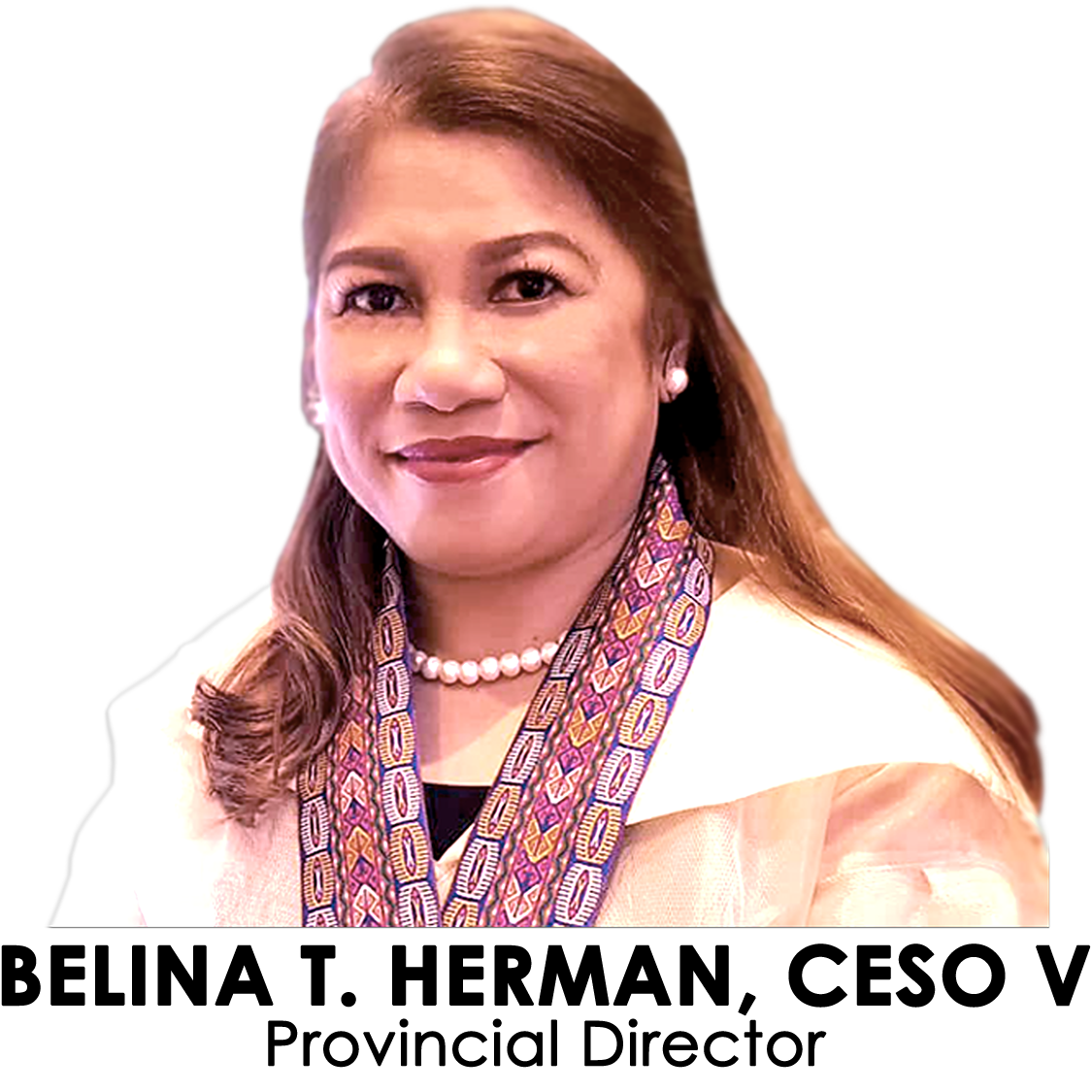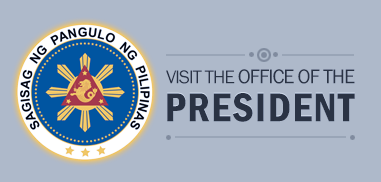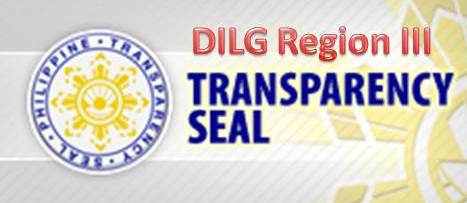- Details
- Written by Mariel Estacio
- Category: Capability Development Program Facility
- Hits: 9776
 In response to Disaster Risk Reduction and Management (DRRM) Act of 2010 and RA 9729 or Climate Change Act (CCA) of 2009, the Department of the Interior and Local Government has initiated and developed a comprehensive program on “Enhancing LGU Capacity on Climate Change Adaptation and Disaster Risk Management”. It is designed to build capacities of local government and communities in mainstreaming disaster risk reduction and climate change adaptation into local development processes. It also aims to improve their awareness and appreciation of the links between intensifying disasters and creeping climate change, at the same time address the challenges accompanying these situations.
In response to Disaster Risk Reduction and Management (DRRM) Act of 2010 and RA 9729 or Climate Change Act (CCA) of 2009, the Department of the Interior and Local Government has initiated and developed a comprehensive program on “Enhancing LGU Capacity on Climate Change Adaptation and Disaster Risk Management”. It is designed to build capacities of local government and communities in mainstreaming disaster risk reduction and climate change adaptation into local development processes. It also aims to improve their awareness and appreciation of the links between intensifying disasters and creeping climate change, at the same time address the challenges accompanying these situations.
The training program has four major components namely: Institutional Development; Diagnostics; Integration of DRR and CCA to Planning and Investment; and Infrastructure and Access to Financing.
The program started with the Basic Orientation on DRRM and CCA for the provinces of Tarlac, Pampanga and Zambales conducted in five schools. The 1st school was composed of nine LGUs of Tarlac (October 26-27, 2011), 2nd school was attended by ten LGUs of the same province (November 8-9, 2011), 3rd school was from the 11 LGUs of Pampanga (November 10-11, 2011), 4th school was composed of another 11 LGUs of Pampanga (November 15-16, 2011) and 5th school was attended by 14 LGUs of Zambales (November 17-18, 2011). These activities, conducted by DILG Region III in partnership with the Local Government Academy were all held at Maharajah Hotel, Angeles City.
It was participated in by eight members LGU Team composed of Local Chief Executive or Local Administrator, Local Disaster Risk Reduction Management Officer, Local Government Operations Officer, Local Planning and Development Officer, Local Social Welfare and Development Officer, Local Health Officer, Local Engineering Officer and Liga ng mga Barangay Federation President.
The activities, graced by DILG R-3 Regional Director Florida Dijan also provided an appropriate venue for a partnership with other national and local stakeholders through the provision of their technical expertise on DRRM-CCA. They include the training team of the Office of Civil Defense Defense led by Dir. Josefina Timoteo, PAG-ASA Weather Forecasters, Olongapo City DRRM Office and Candaba Mayor Hon. Jerry Pelayo.
DRRM/CCA trainings for the province of Aurora and Cities of Angeles and Olongapo are scheduled on December 1-2, 2011 and on December 8-9, 2011 for the province of Bataan and Balanga City.


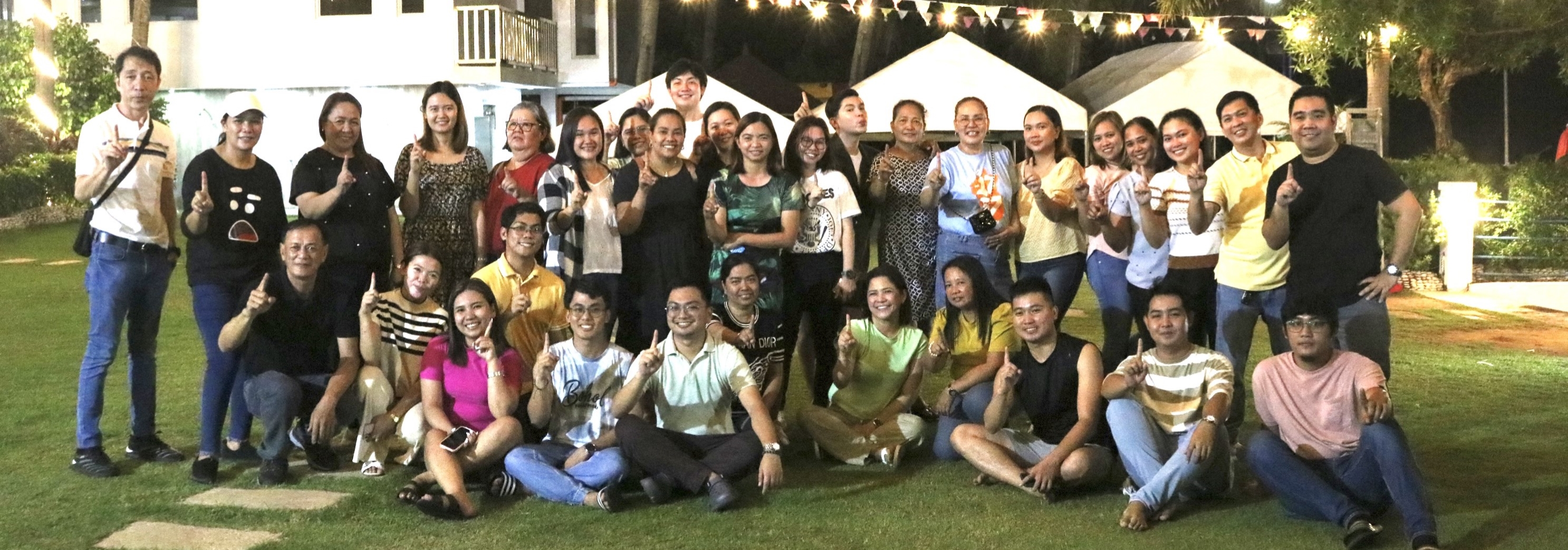
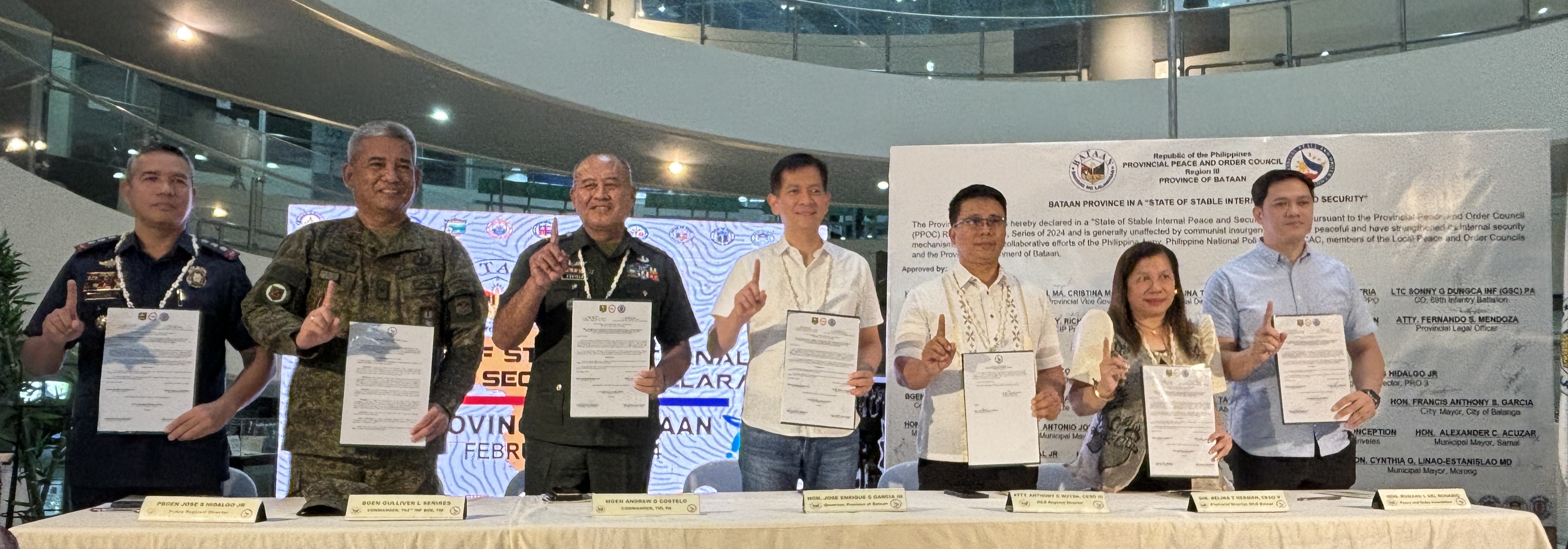
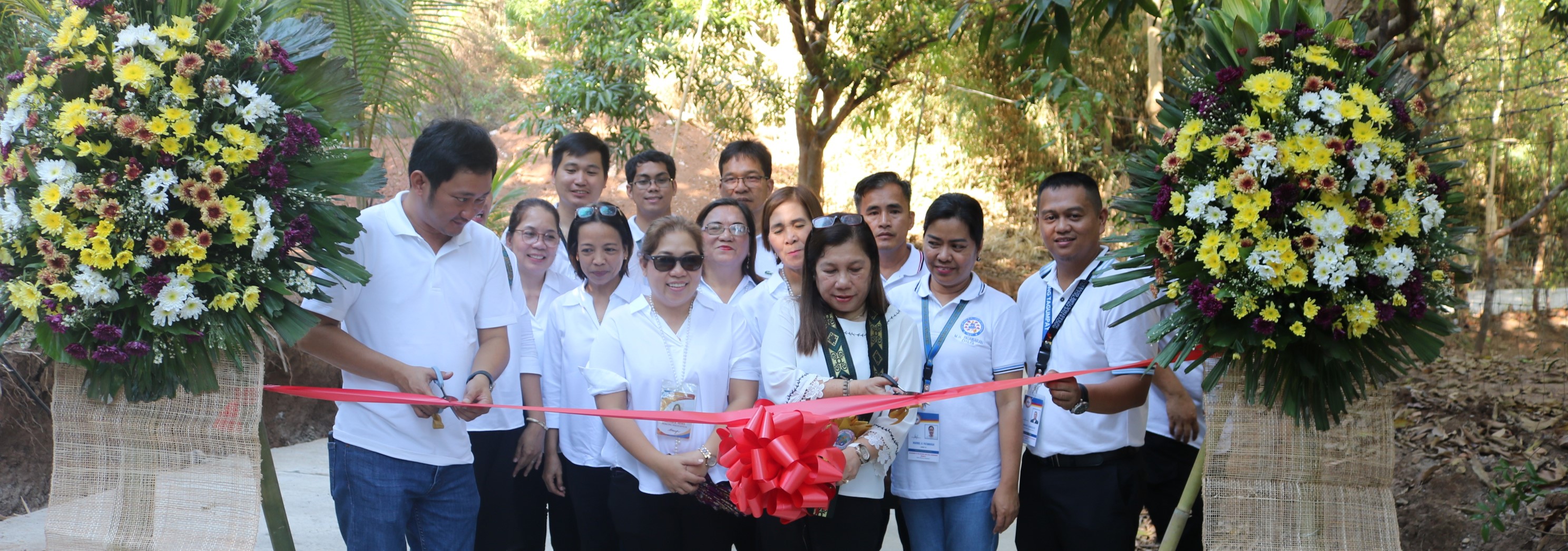
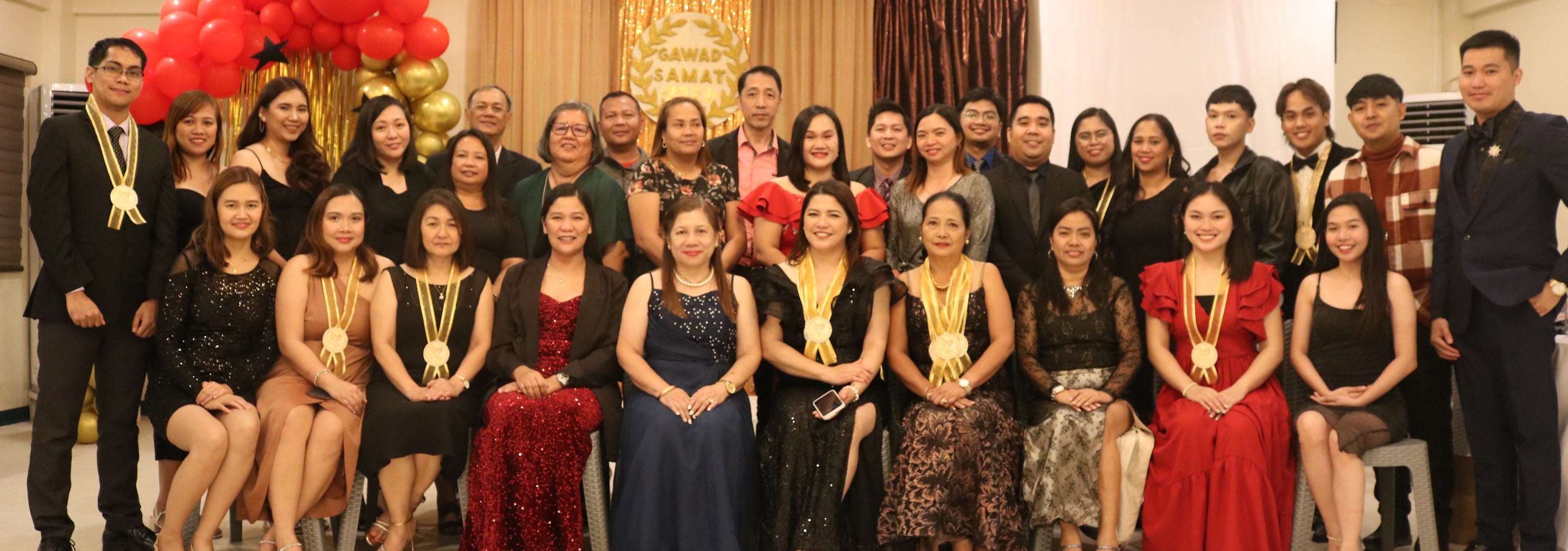
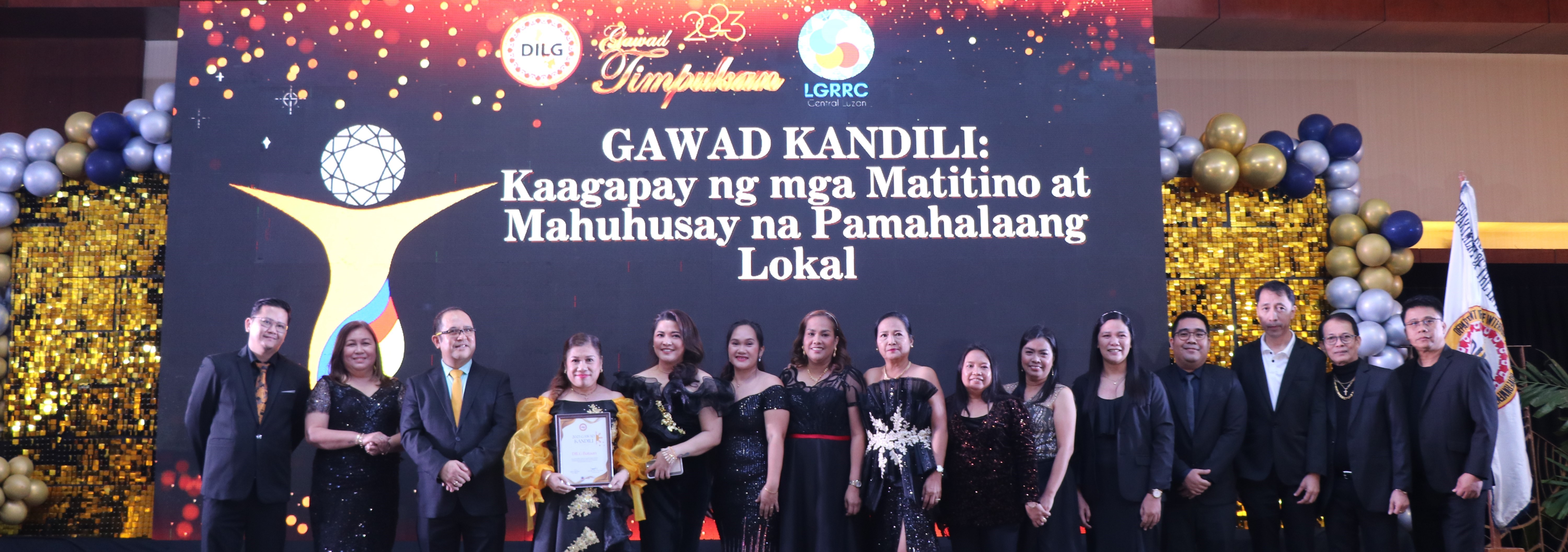



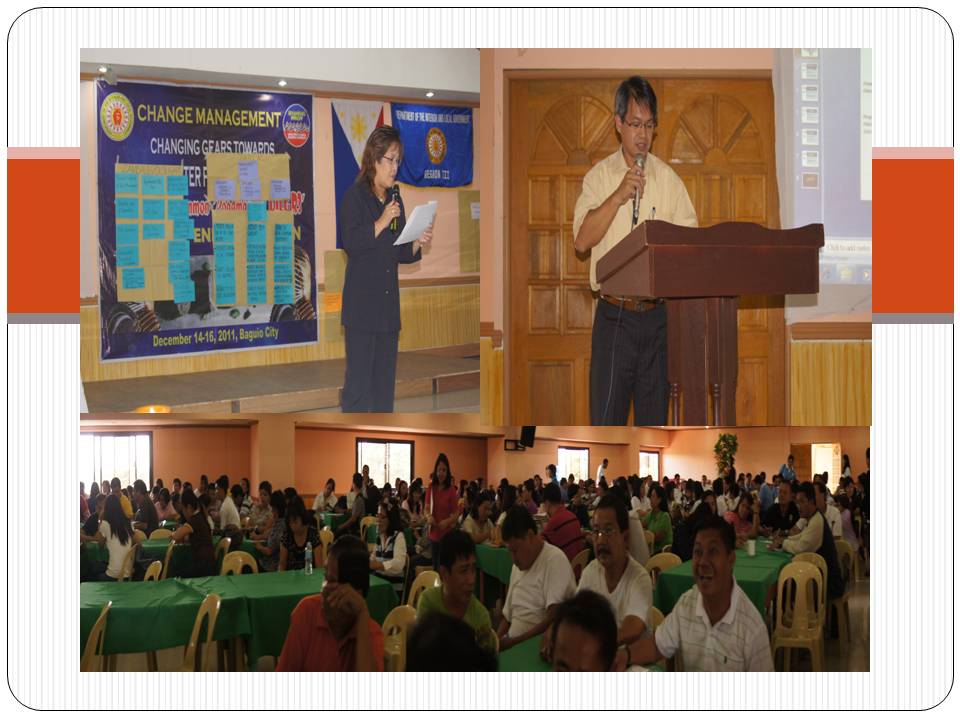 The Department of the Interior and Local Government Region III in partnership with the Local Government Academy conducted an activity entitled: Change Management—Changing Gears towards Greater Productivity: “Creating a Common Roadmap for DILG R-3” cum Year End Evaluation on December 14-16, 2011 held at Hotel Henrico, Baguio City.
The Department of the Interior and Local Government Region III in partnership with the Local Government Academy conducted an activity entitled: Change Management—Changing Gears towards Greater Productivity: “Creating a Common Roadmap for DILG R-3” cum Year End Evaluation on December 14-16, 2011 held at Hotel Henrico, Baguio City.

 0121 (Disaster Risk Reduction Management Act of 2010), RA 9729 (Climate Change Act) and RA 6975 (DILG Act) mandate the Department of the Interior and Local Government as Vice-Chairperson on Disaster Preparedness in the NDRRMC to build the capacities of LGUs to effectively address and mitigate the impacts of disaster and calamities by formulating plans, policies and programs.
0121 (Disaster Risk Reduction Management Act of 2010), RA 9729 (Climate Change Act) and RA 6975 (DILG Act) mandate the Department of the Interior and Local Government as Vice-Chairperson on Disaster Preparedness in the NDRRMC to build the capacities of LGUs to effectively address and mitigate the impacts of disaster and calamities by formulating plans, policies and programs.